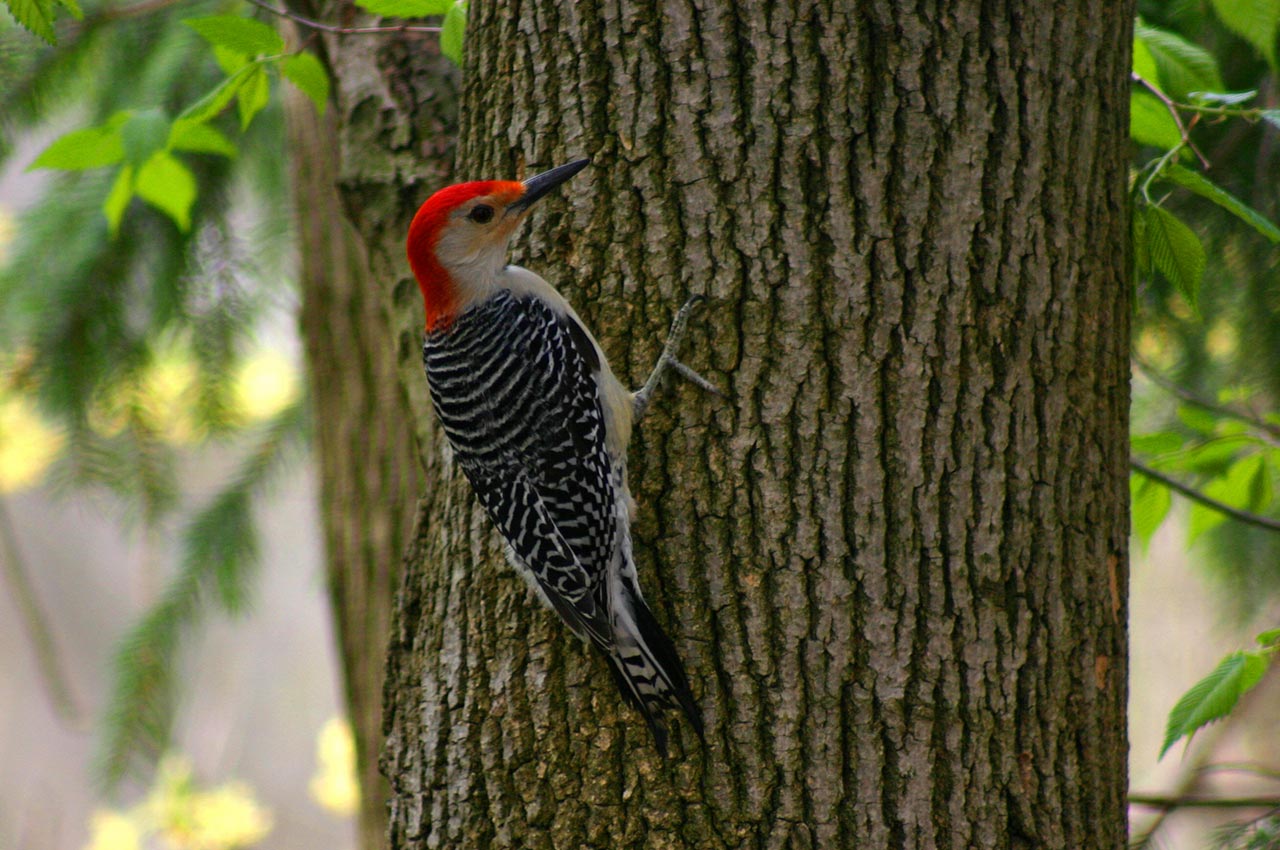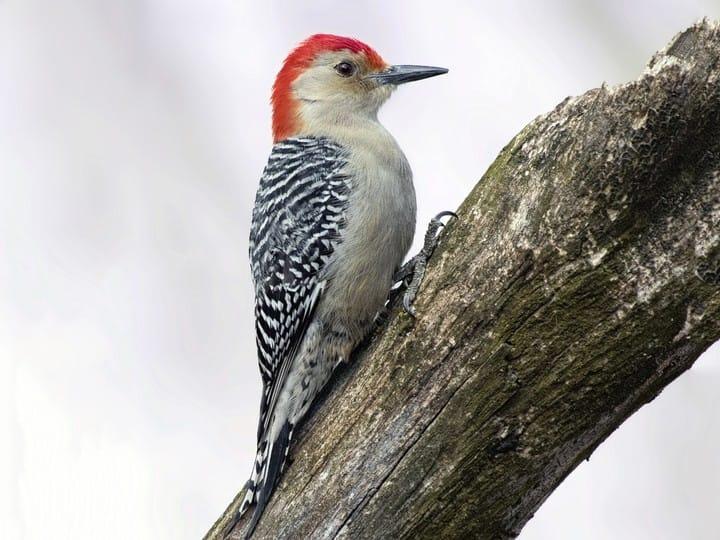Discovering Woodpeckers in Florida Habitats: Where to Find These Birds
Discovering Woodpeckers in Florida Habitats: Where to Find These Birds
Blog Article
Revealing the Secrets of Woodpeckers: Behavior, Habitat, and Much More
Woodpeckers, with their distinct actions and specialized adjustments, have actually lengthy fascinated scientists and nature enthusiasts alike. These amazing birds possess a series of interesting keys that dropped light on their survival methods, habitat choices, and detailed interaction techniques. By revealing the mysteries bordering woodpeckers' behavior and habitat choices, a deeper understanding of these avian marvels emerges, using a look into their interesting world. What makes these birds absolutely extraordinary, and how do they navigate their environment with such precision and skill? Allow's check out the exciting world of woodpeckers and unravel the enigmatic information that make them such interesting topics of research.
Woodpecker Behavior Insights
In analyzing woodpecker actions, an interesting display of specialized abilities and adaptations emerges, losing light on their exceptional ecological niche - Woodpeckers in Florida. Woodpeckers, known for their unique drumming on trees, have a variety of behavior characteristics that add to their survival and success in their atmosphere. One essential behavior is their drumming, which offers numerous purposes such as communication, establishing region, bring in friends, and situating food resources. This balanced pecking also showcases their amazing strength and endurance, as they can hammer away continuously at broadband without causing injury to themselves.
Moreover, woodpeckers display a distinct feeding behavior characterized by their capability to remove insects from tree bark using their specialized beaks. Their long, barbed tongues aid in catching target, while their solid neck muscle mass supply stability and precision during pecking movements. This feeding technique enables woodpeckers to access hidden insect larvae and remove them with exceptional performance.
Environment Preferences and Selection
What factors influence the environment choices and selection of woodpeckers? Woodpeckers are extremely adaptable birds known to occupy various atmospheres worldwide. Nevertheless, they do show choices for sure habitat characteristics. One crucial variable affecting woodpecker habitat selection is the schedule of suitable nesting sites. Woodpeckers normally favor forests with a mix of fully grown trees that supply enough opportunities for tooth cavity excavation. These tooth cavities work as vital nesting and roosting sites for woodpeckers and are essential for their breeding success.
Additionally, woodpeckers reveal a preference for habitats with a plentiful supply of food resources. They are primarily insectivorous, preying on beetles, ants, larvae, and other pests located in worn out timber or tree bark. Therefore, woodpeckers have a tendency to prefer wooded areas with a diverse insect population to fulfill their nutritional demands.
Additionally, the presence of dead or rotting trees is an additional vital variable in woodpecker habitat choice. These trees not just provide food resources however likewise use suitable substratum for cavity excavation. Dead trees are important for the upkeep of healthy woodpecker populations, as they play an important duty in the woodpeckers' life cycle and ecosystem characteristics.
Feeding Practices and Diet Plan Structure
Woodpeckers show a specialized feeding behavior focused on foraging for pests within different environments. In enhancement to pests, woodpeckers likewise consume tree sap, fruits, nuts, and seeds, including variety to their diet plan depending on the season and schedule of food resources.
The foraging methods of woodpeckers are well-adapted to their arboreal lifestyle (Woodpeckers in Florida). Their ability to excavate wood not only provides them with food but likewise aids in producing nesting dental caries and establishing regions. Woodpeckers play an important role in keeping the health and wellness of forests by regulating insect populaces and aiding in the decomposition of wood. Comprehending their feeding practices and diet plan composition is necessary for conservation efforts intended at preserving these unique and valuable birds.
Drumming Appears and Communication
Utilizing see here now fast drumming noises on different surface areas, woodpeckers employ a distinct form of interaction to indicate area boundaries and attract companions. This drumming actions is not just a way of communication yet additionally serves as a way for woodpeckers to establish their visibility within a specific area. The strength, speed, and pattern of the drumming can convey essential information to various other woodpeckers around.
Woodpeckers utilize drumming noises to introduce their visibility in a region and to warn off potential trespassers. The loud and repetitive nature of the drumming works as a clear signal to various other woodpeckers that the location is already asserted. This assists in minimizing problems and reducing physical conflicts in between individuals.

Survival Adaptations and Specialized Anatomy

Final Thought
Finally, woodpeckers exhibit distinct habits, such as drumming noises for communication, and have specialized anatomy for survival in their chosen habitats. Their feeding practices and diet regimen composition additionally demonstrate their versatility to various environments. By understanding these facets of woodpeckers, researchers and guardians can much better safeguard and preserve these interesting birds and their ecosystems.
Report this page